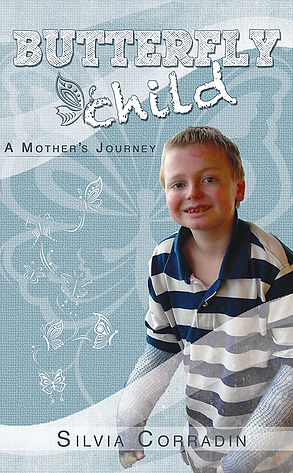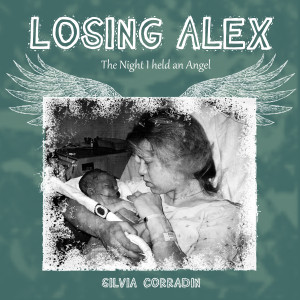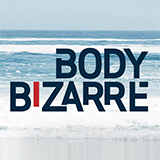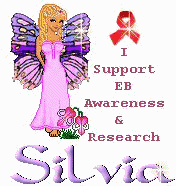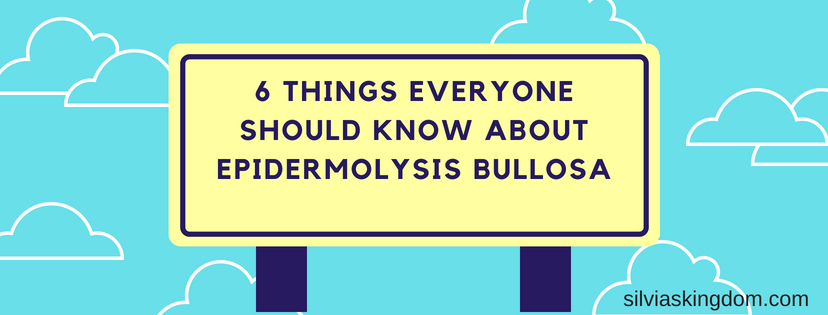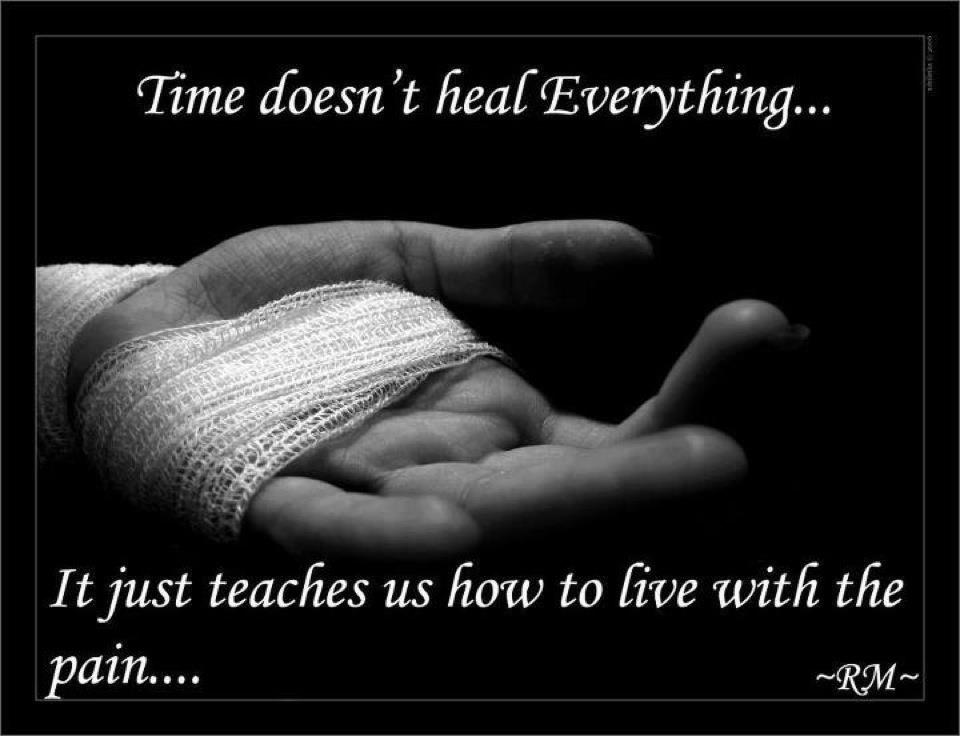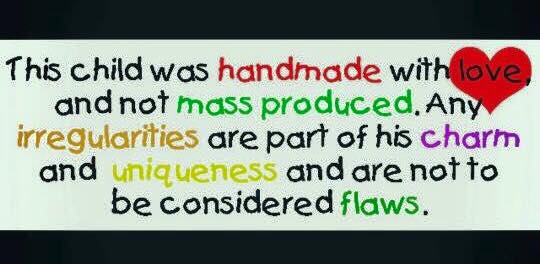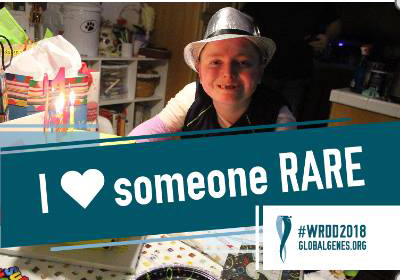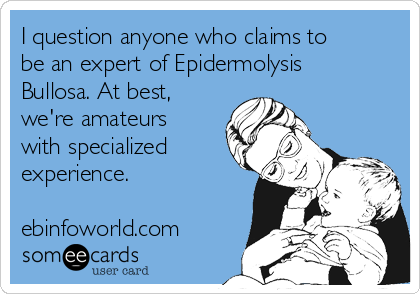WHAT IS EPIDERMOLYSIS BULLOSA?
Epidermolysis Bullosa is an umbrella term for inherited, genetic skin blistering conditions that vary greatly from mild to lethal. The three main forms are categorized under “simplex”, “junctional” and “dystrophic”. In recent years they also added a “kindler” form and an “autoimmune” form to the list.
 By “inherited” it means that some forms are dominantly inherited (the parent has it, and their child has a 50/50 chance of getting it) or the parents are “carriers”, which means they do not have the condition, and unknowingly pass it on to their offspring, who only inherits the recessive genes of both parents. Of course there are also the cases of spontaneous mutations or, even rarer, autoimmune forms, but they all blister. Blisters form in different lays of the skin in response to heat, friction, injury or rubbing, which can be either superficial or very deep depending on the form, leaving behind either small wounds or big, deep ones.
By “inherited” it means that some forms are dominantly inherited (the parent has it, and their child has a 50/50 chance of getting it) or the parents are “carriers”, which means they do not have the condition, and unknowingly pass it on to their offspring, who only inherits the recessive genes of both parents. Of course there are also the cases of spontaneous mutations or, even rarer, autoimmune forms, but they all blister. Blisters form in different lays of the skin in response to heat, friction, injury or rubbing, which can be either superficial or very deep depending on the form, leaving behind either small wounds or big, deep ones.
So what does this mean? Well, it means a lot of things.
#1. Blisters that normal people get are not the same as EB blisters because they will continue to grow unless we tear them. Yes, it is painful. Very painful. Depending on the form of EB, the wound left by the blister usually heals within several days or weeks. In the severe forms they may not heal at all once the area gets repeatedly injured. Even though their blistered and torn skin undergoes regeneration, it never completely heals. The result is skin that is weaker and more vulnerable, not stronger.
#2. Depending on the form of EB, blisters may be localized (usually high friction areas, such as feet or elbows) or it may affect the whole body, including mucosal surfaces, such as eyes, mouth, throat, esophagus and more.
#3. Every EB patient is different. Some patients with the same diagnosys may present in very diverse ways mostly because there are many genetic mutations that can cause the condition. While one patient may be wheelchair bound because of the sensitivity of their feet, another, whose feet may look worse, can walk just fine. It’s a very individualized disorder. I’ve always stated that not only what works for one patient may not work for another, but what is even more true is that what works on one body part may not work on another on the same patient. That’s how crazy EB is!
#4. There is no magical bullet as far as a cure is concerned. Because of the way EB is inherited and the different forms, research that one day may cure one form, it will not cure another. There is a lot of research underway all over the world though, so there is hope for all EB patients.
#5. The only treatment for EB at the moment is wound care, which is, yet again, very different from one form to another. What may help a Simplex patient, may not work or even make a Dystrophic patient worse and vice versa. Those with the worse forms suffer from extreme complications, such as mouth/teeth problems, esophagus restrictions which may lead patients to need a g-tube, scarring of hands, feet and stiffness of joints just to name a few.
#6. The most common form of EB is Simplex, so when you hear that “thousands” have EB in the news, please know that most of those have the Simplex form in the United States. The other forms are much rarer. Only about 600 have the Junctional form, 600 have Recessive Dystrophic, 840 with Dominant Dystrophic.
I call my son Nicky my “one in a million”… well, it’s almost true. The incidence of RDEB in the US (according to the latest studies from 2009) it’s actually 2 per million. Still… this means that every year only 8-9 children with RDEB are born in the US. The subform of EB that Nicky has, however, is a lot more uncommon. So, maybe my “one in a million is untrue, but only because he’s even more rare than that. According to his genetic report, Nicky has “officially” the Hallopeau Siemens subtype, which is (sigh) the worst form of Recessive Dystrophic Epidermolysis Bullosa.
According to Orphanet, the incidence of a child being born with RDEB-HS is 1/2,381,000 in the United States.
Please take a peek at this video with my son Nicky that aired last year. Please watch it and share it. The last week of October is EB Awareness week and if there was one disorder that needed all the attention as we can possibly give to it is this one.
The organizations that are helping EB families and looking for a cure are the following:
Debra of America
EB Medical Research Foundation
EB Research Partnership
Thank you!!!


